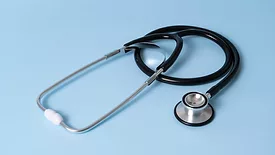Home » Keywords: » healthcare security
Items Tagged with 'healthcare security'
ARTICLES
Special Report
Anjanette Hebert | Women in Security 2024
Vice President of Healthcare — PalAmerican Healthcare
July 2, 2024
Enterprise Services
Building a security baseline for healthcare facilities
Security should be seamlessly blended into healthcare procedures to ensure all essential operations remain functional.
December 7, 2023
Sign-up to receive top management & result-driven techniques in the industry.
Join over 20,000+ industry leaders who receive our premium content.
SIGN UP TODAY!Copyright ©2025. All Rights Reserved BNP Media.
Design, CMS, Hosting & Web Development :: ePublishing




.webp?height=168&t=1727354217&width=275)








